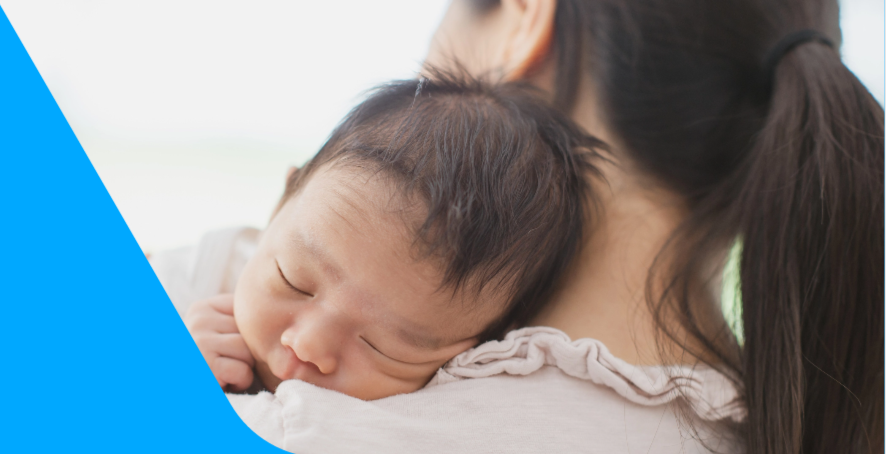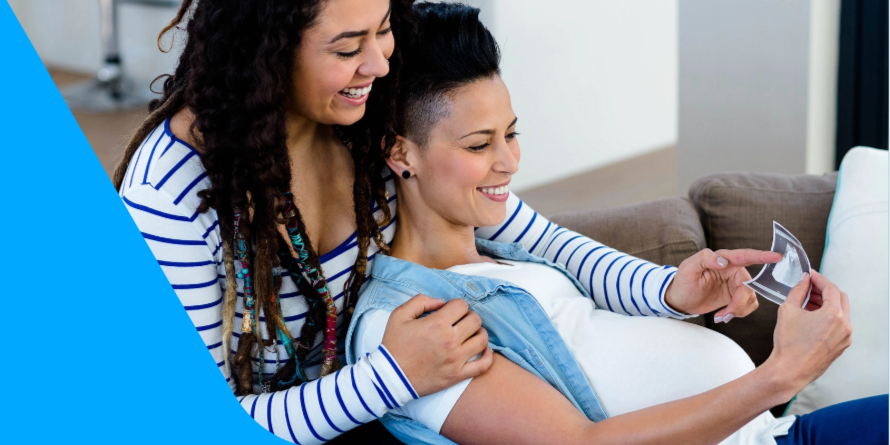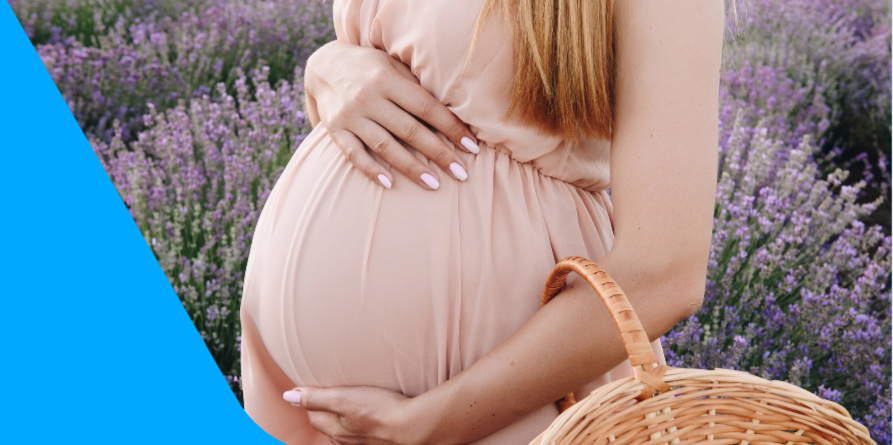Parents who are able to take time away from work to bond with their new babies aren’t the norm everywhere, but thankfully that’s not the case in Canada, which has robust maternity and parental leave laws (and employers who often offer additional benefits over and above what the government provides to new parents). While you may know what benefits are guaranteed to you by the government, you may not know how to apply for maternity leave—especially if you’re on your first baby or haven’t known anyone else who has gone through the process.
We’ve broken down the process for you and included some commonly asked questions.
Stop right here, though, if you’re a Quebecois: Quebec administers its own benefits plan called the Québec Parental Insurance Plan.You’ll want to find resources related to the QPIP to guide your application process.
How Do You Qualify for Maternity Leave?
Here’s the good news: If you have an employer that takes employment insurance (EI) out of your paychecks, you’ve already been actively paying into the system that will be providing the income you’ll receive during your maternity leave.
A better question to ask is how many hours do you need to have worked for your employer for maternity leave eligibility to kick in. Moms to be need to have worked a minimum of 600 hours for their EI-contributing employer to qualify for maternity leave.
Here’s the full list of qualifying factors for maternity leave in Canada:
-
Your employer (or you, if you’re self-employed) makes payroll deductions toward the EI program
-
Your pregnancy makes you unable to continue working or you’ve recently given birth to your baby
-
Your weekly income has been reduced by at least 40% because of pregnancy-related reasons
-
You’ve worked for a minimum of 600 IE-qualifying hours in the last year
Maternity leave benefits can be activated up to 12 weeks before the expected due date of your baby, which you will need to report as part of your EI application process.
The Difference Between Maternity Benefits & Parental Benefits
Yes, parental leave is distinct from maternity leave, though of course they’re often taken concurrently by new parents. Both parents may apply for parental leave benefits, which you become eligible for after your baby is born (or an adopted child has been placed in your care).
It’s easy to confuse maternity leave and parental leave, but they’re two distinct benefits that require separate application through the EI system (unless you’re the one giving birth, in which case you can apply for both concurrently). To put it simply, maternity benefits are for pregnant women or women who have just given birth, and parental benefits are for parents who are caring for a newborn (or a child they’ve just adopted)—that means both new parents may be eligible to apply for this.
So, How Much Leave—and Pay—Will You Get?
For maternity leave, the person giving birth can get up to 15 weeks of benefits (12 of which may apply to weeks leading up to baby’s due date, depending on when you apply and your needs). The guaranteed benefit rate for maternity leave applicants is 55% of their weekly pay up to a maximum payout of $573 a week.
Parental leave is a different case for two primary reasons: Both parents are eligible, and there are two lengths of time applicants can choose between.
As of 2017, parents can choose between the standard 40-week maximum parental leave option or elect to take the extended 69-week parental leave option—but the longer leave does not come with additional money. Instead, parental leave recipients who elect to take the extended leave option will receive a smaller percentage of their typical weekly earnings to allow for a longer payment period.
-
Standard parental leave benefits: Up to 35 weeks at 55% of salary weekly, not to exceed $573.
-
Extended parental leave benefits: Up to 61 weeks at 33% of salary weekly, not to exceed $344.
If both parents apply for leave, one parent is by default eligible for fewer maximum weeks.
When you decide to have a conversation with your employer about your leave plans, inquire about any additional benefits they may offer. Some companies make up the difference between EI benefits for birth moms and new parents as part of their benefits package—don’t leave any money on the table!
If you are self-employed or your income fluctuates from week to week, there will be additional calculations applied to your EI application to determine your weekly benefit amount.
How to Apply For Maternity & Parental Leave, Step By Step
All maternity and parental leave applications are completed online. It can take up to an hour to complete your application, but if you can’t complete your application in one sitting, you have up to 72 hours to return to your saved application to finish and submit it.
Apply for your benefits as soon after you stop working as possible. Waiting too long can cost you your eligibility.
-
Check the eligibility list.
-
Gather your documentation: SIN (and any immigration documentation if applicable), banking information, SIN of the other parent (if applicable), names and addresses of any employers for whom you worked over the last year and any record(s) of employment (ROE) you may’ve received.
-
Visit the online EI maternity and parental benefits application website.
-
Choose which application you need but remember that those giving birth may apply for both benefits at once.
-
Follow the on-screen prompts and written instructions carefully; if you make and submit a mistake, contact the EI administrators as soon as possible.
If you find yourself confused or stuck, you can get help from the EI office by phone but consider reaching out to a friend or family member with experience applying for maternity leave or parental leave benefits for help. It takes a village, after all.







